Table of Contents
Fibre optic cables stand for the digital future like no other telecommunications technology. So far, the expansion of fibre optic infrastructure in Germany has been slow, partly because the cost of laying the lines is relatively high compared to copper-based lines. In addition, technical innovations led to a significant increase in the possible bandwidths of copper cables, so that sufficient bandwidths could be achieved at least for normal households.
However, at the latest with the expansion of the 5G network, which is now also being pushed in Germany, a massive expansion of the fibre optic infrastructure must go hand in hand, as only this telecommunications technology can provide the necessary bandwidths for 5G radio cells. This increases the requirements for testing and documentation of the cable conduits.
What is an underground fibre optic conduit?
A fiber optic cable conduit is a protective pathway designed to house and shield fiber optic cables. It’s typically made from materials like PVC or metal and can be installed underground, within buildings, or along utility poles. These conduits safeguard the delicate fiber optic cables from environmental hazards like moisture, temperature changes, and physical damage. They also help in organizing and managing the cables, making installation, maintenance, and repairs easier. In essence, fiber optic cable conduits provide a secure route for data transmission, ensuring the reliability and longevity of communication networks.
Requirements for testing and documentation of cable conduits
For some time now, more attention has been paid to the quality of installation work and guidelines and regulations for this work are increasingly being drawn up. As one of the largest network operators in Germany, Telekom has developed guidelines and published them in the form of additional technical contract conditions as “ZTV TKNetz 40”. The ZTV TKNetz 40 includes, among other things, requirements for laying and installation work as well as requirements for test procedures for checking the condition of cable protection pipes, so-called speed pipes, after the laying work.
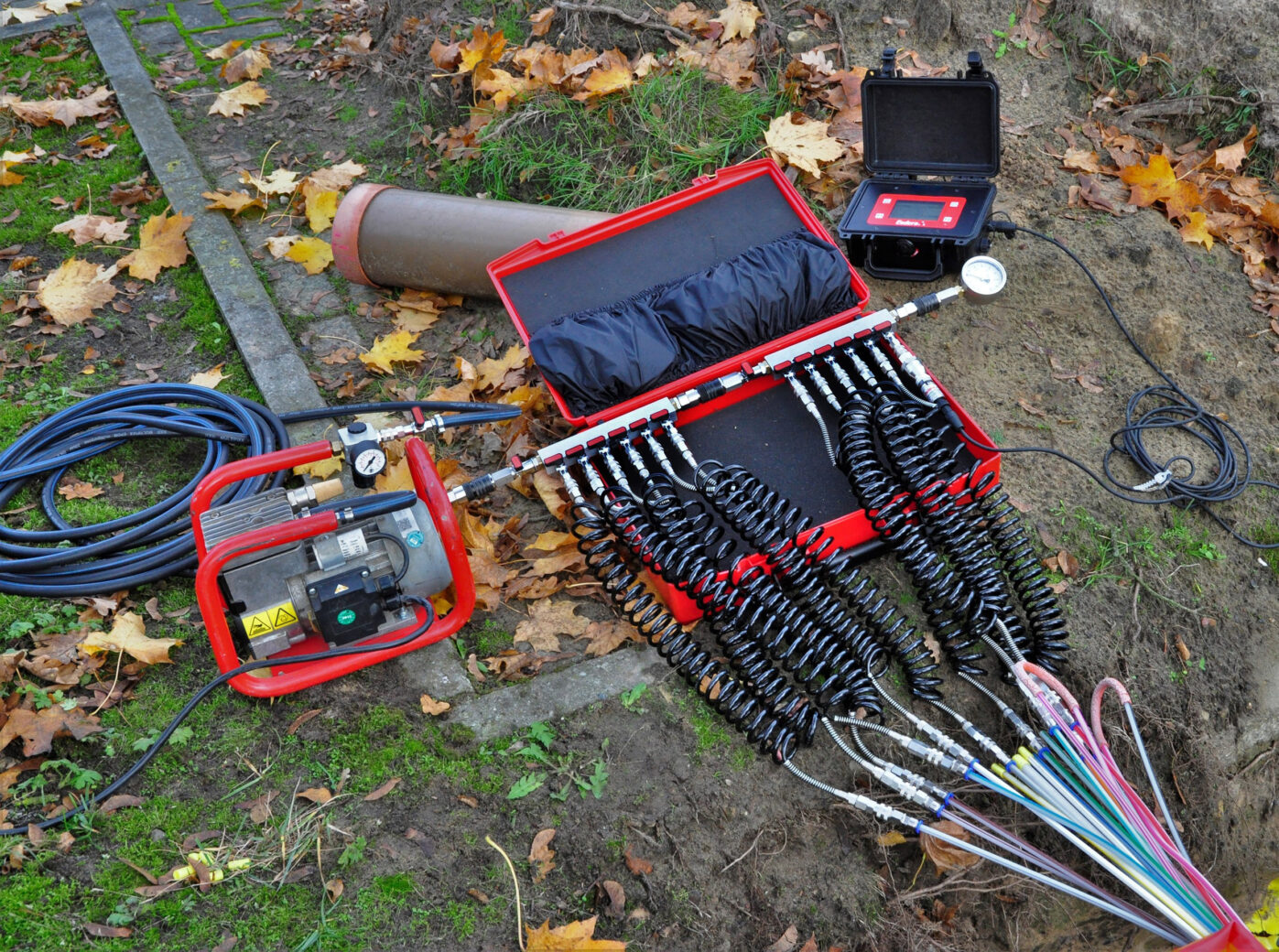
There are good reasons for checking the condition of speed pipes after installation work.
Basically, it must be prevented that water can penetrate the speed pipes, which potentially carries dirt or other impurities that can cause damage to the optical fibres. This inevitably leads to a failure of the telecommunication signal, which is why the speed pipes must always be free of leaks. At the same time, this condition ensures that sufficient pressure can be built up in the speed pipes to be able to blow the optical fibres into the speed pipes in the best possible way.
Only in a pressure-tight pipe system can the necessary high pressure be built up to blow glass fibres into speed pipes several kilometres long. In addition, the long-term condition of the speed pipes must be ensured, as individual glass fibres may have to be blown out again – for example in the event of an accident or cable damage. It must still be possible to build up sufficient pressure for the blow-out process.
For these reasons, it is understandable that the ZTV TKNetz 40 requires a leakage test of speed pipes in the form of a pressure test after installation.
Pressure test on speed pipes
With the ZTV TKNetz 40 option, an automated test sequence is carried out with the smart memo in accordance with the regulations. According to the requirements, the test includes a pure leak test with the test medium air. The test pressure is 5 bar (overpressure).
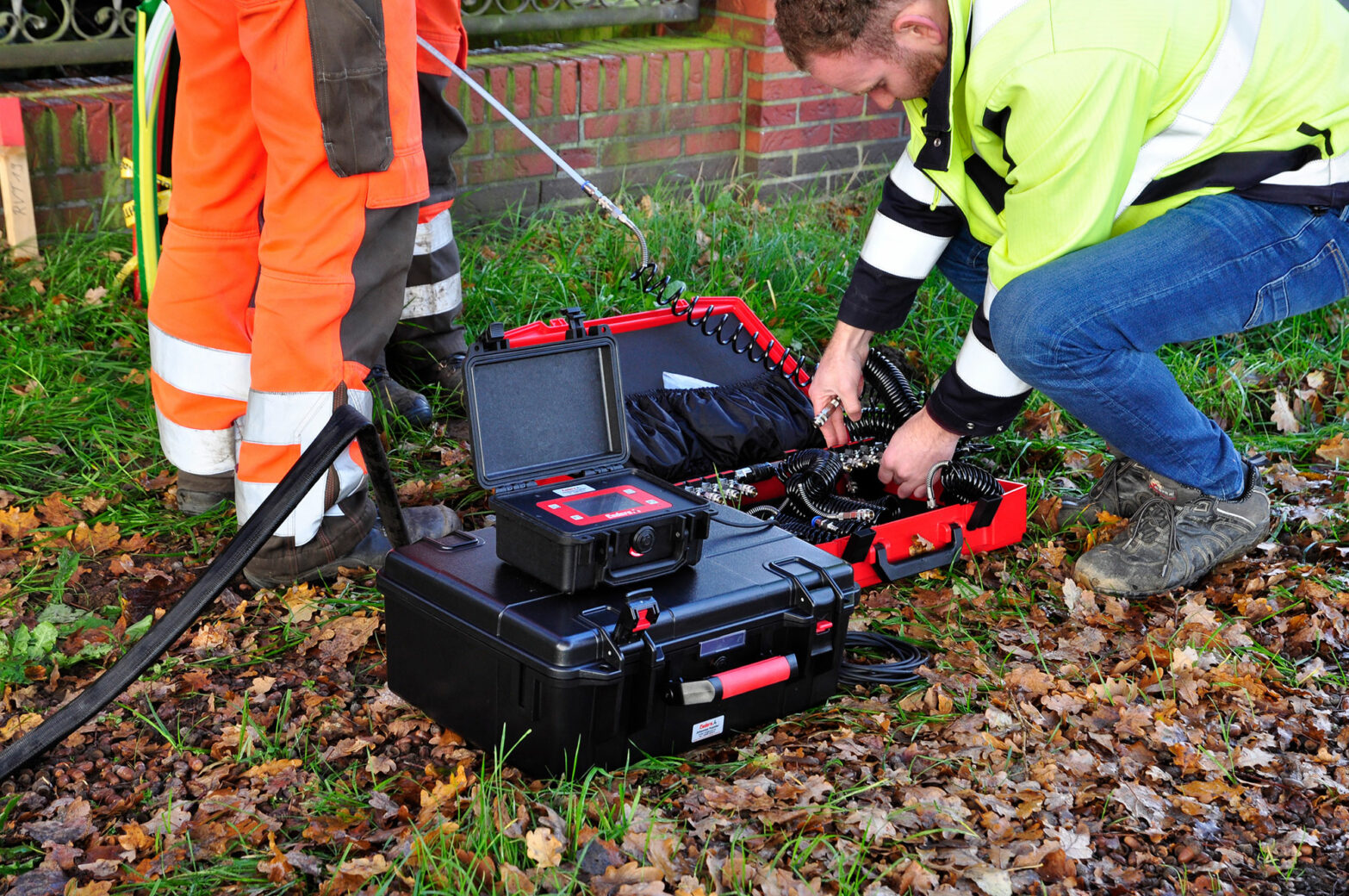
Pressure test phases
After the pressure build-up of the speed pipes to the test pressure, a settling phase follows, which is proportionally oriented to the duration of the main test phase (20 % of the main test duration). During this necessary adjustment phase, pressure fluctuations occur in the pipe, which are caused by differences in temperature and material-specific effects. The compression of the air in the pipe during the pressure build-up leads to a temperature increase, which must be balanced out again in the further course. This temperature equalisation must never take place during the main test phase, as it would lead to distortions of the pressure curve.
After the temperatures have been equilibrated and the test pressure has settled, the test phase follows. During the test phase, the pressure loss that occurs is measured and documented, which can occur, for example, due to leakage or further expansion of the pipe.
At the end of the test, the value of the pressure loss is the decisive criterion for assessing the tightness.
Requirements for pressure testing
In the ZTV TKNetz 40, the permissible pressure loss is quantified at 500 mbar.
This means that all speed pipes that record less than 500 mbar pressure loss during the main test are declared to be sufficiently tight.
The duration of the main test is at least five minutes and is extended by a further three minutes per 1250 m pipe length.
In the case of simultaneous testing of several speed pipes, the duration of the main test is extended, and at the same time a separate preliminary test of five minutes is required for each pipe.
According to the current requirements of ZTV TKNetz 40, it is more favourable in the overall calculation to test each pipe of an installation individually.
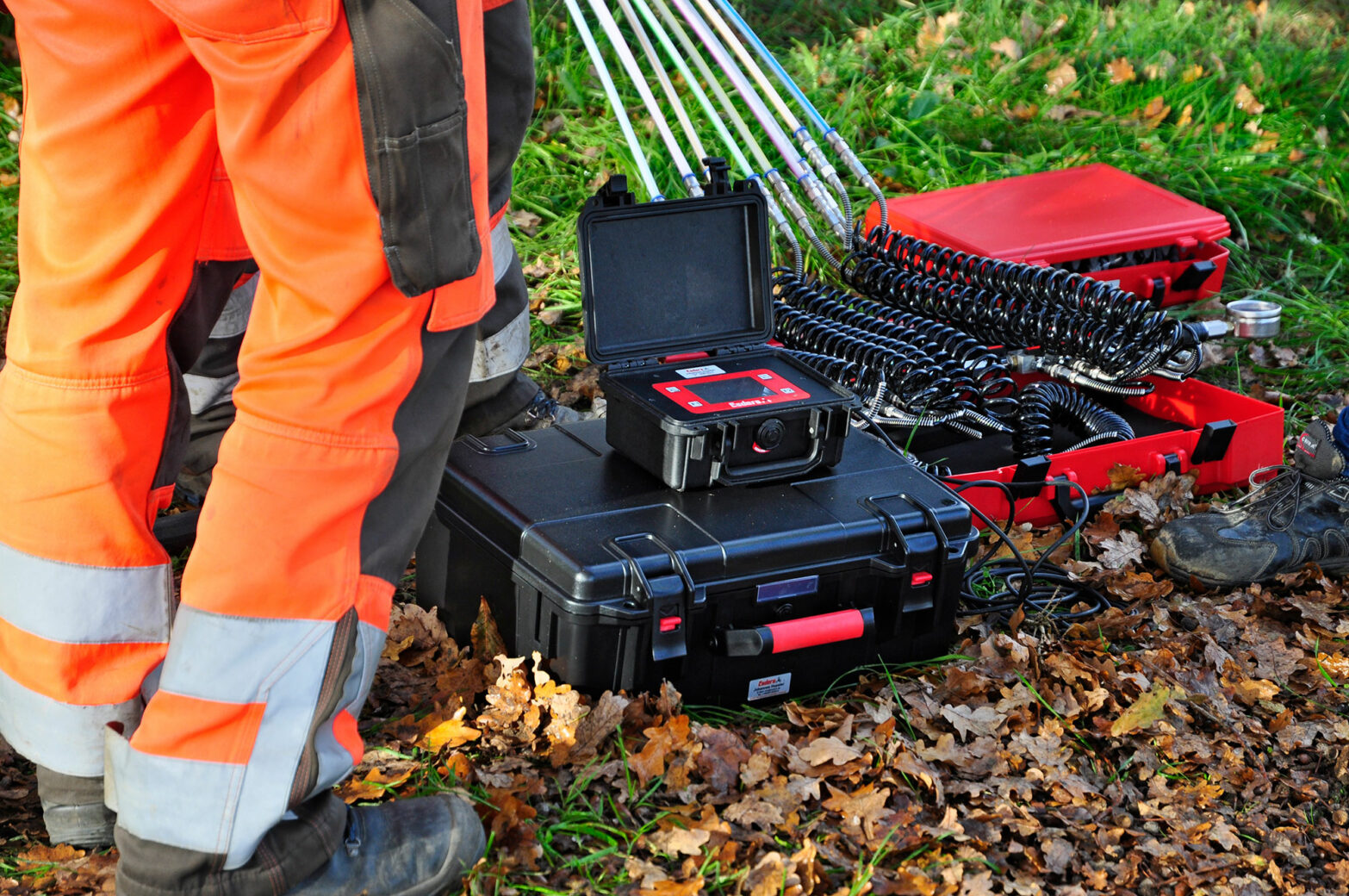
Completing the test and documenting the results
With the completion of a test, the tightness (or leakiness) of the pipe is determined, which forms the end of an installation step. This is followed by proper sealing of the speed pipes to exclude contamination, until finally the glass fibres are blown in as required.
Following the test, the measurement data and results can be sent digitally.
With Esders Connect, the logged measurement data can be sent directly from the smart memo via an LTE connection to our web browser-based online portal, where it can be viewed and managed by multiple users.
Pressure testing and its future importance in fibre optic conduits
Pressure testing to ensure the tightness of speed pipes will be an important and integral part of the progressive expansion of the fibre optic infrastructure in the future. With increasing application practice and experience, there will be further optimisations to the test procedure and changed requirements.

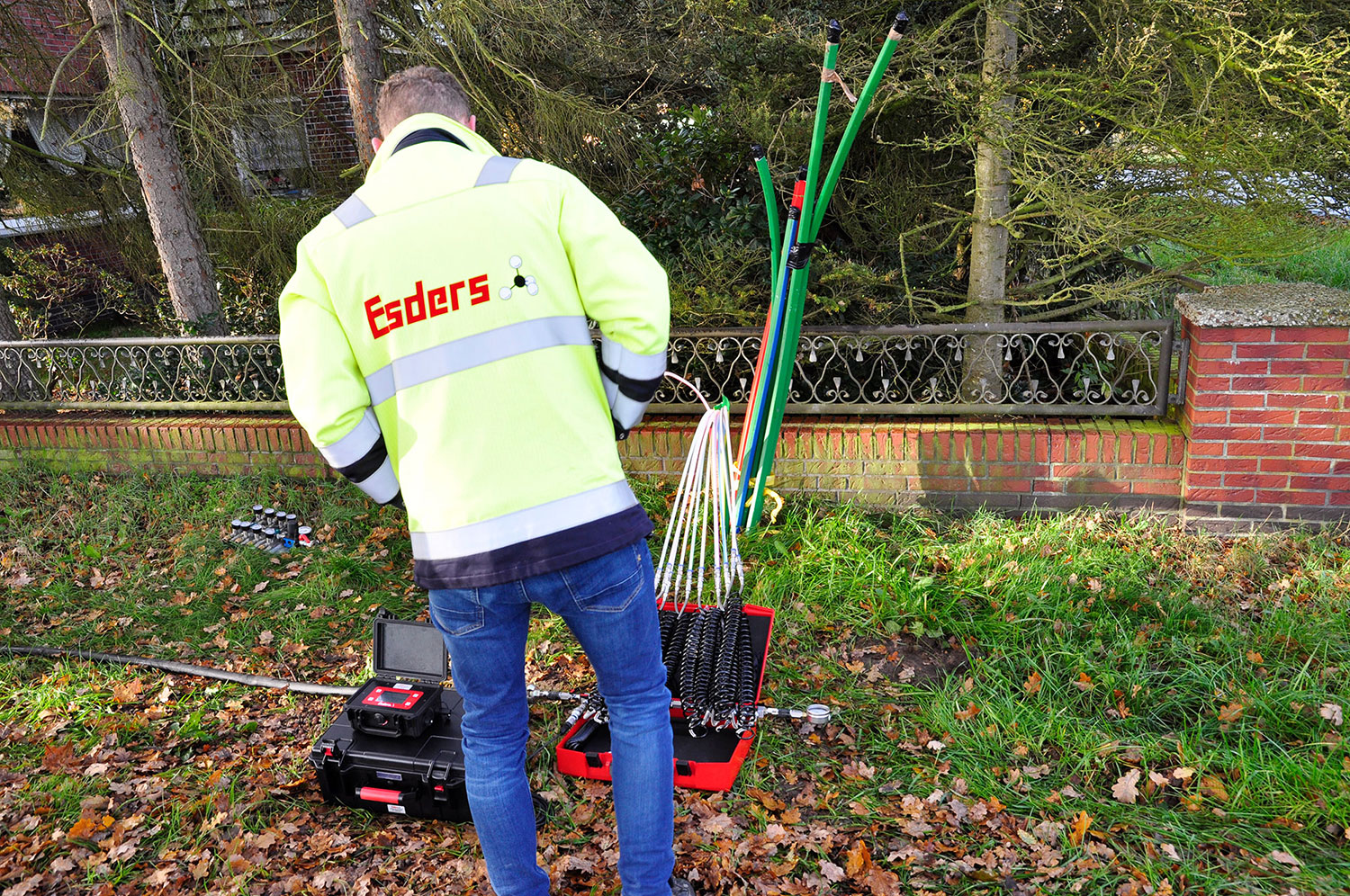
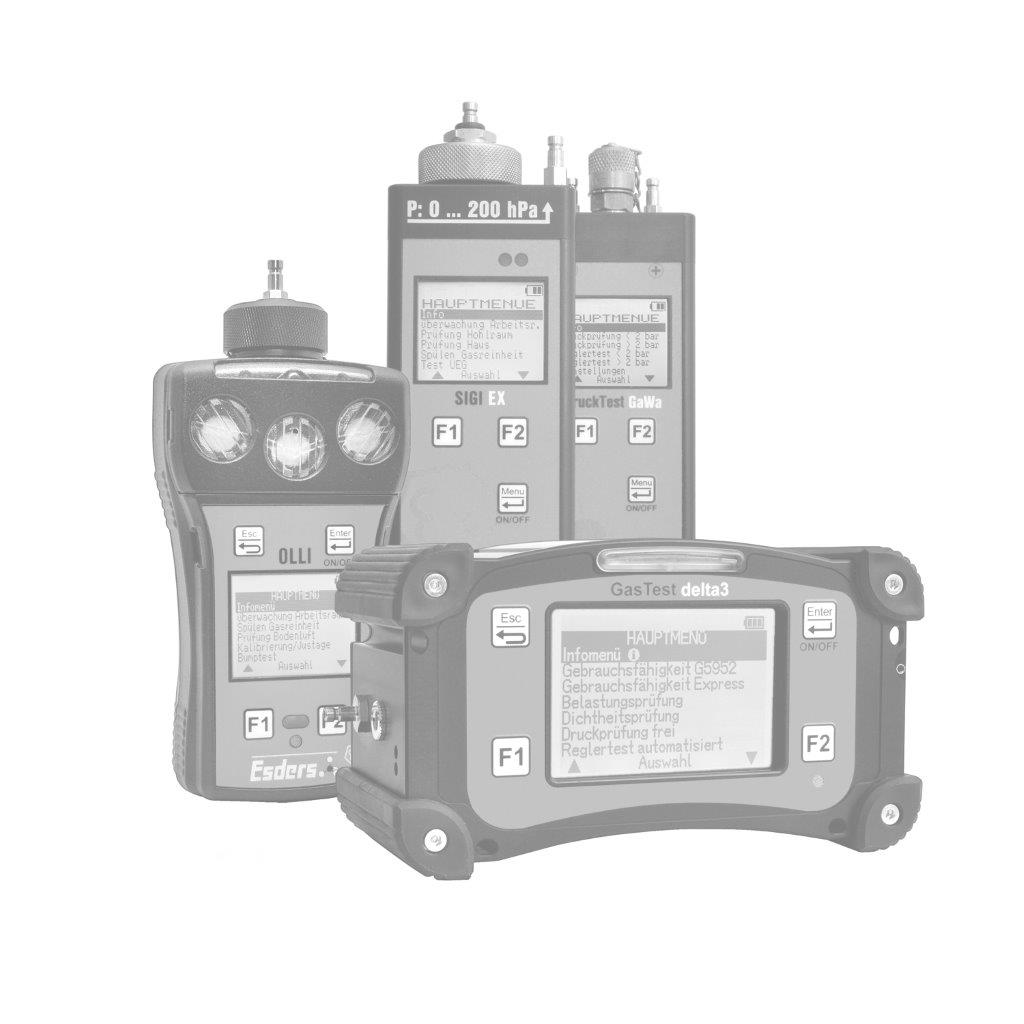.jpg?width=100)
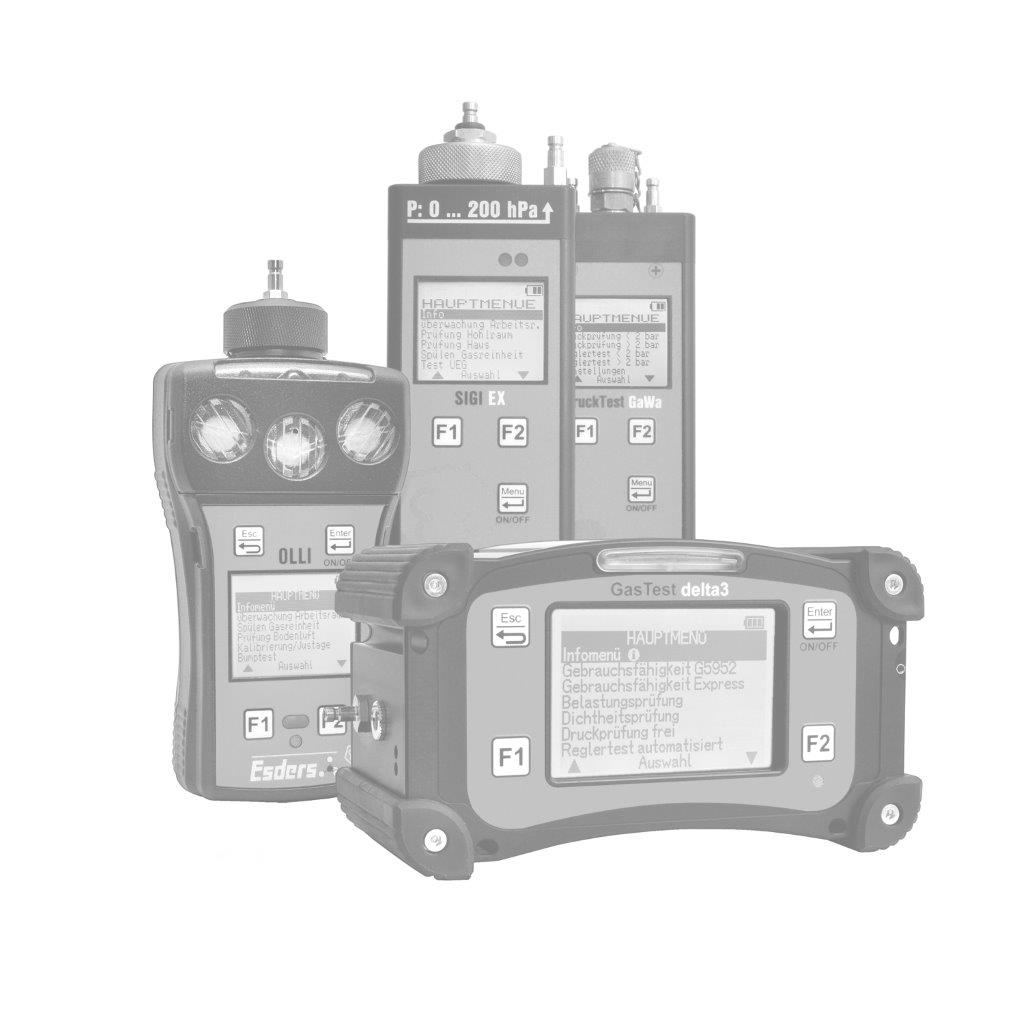.jpg?width=100)